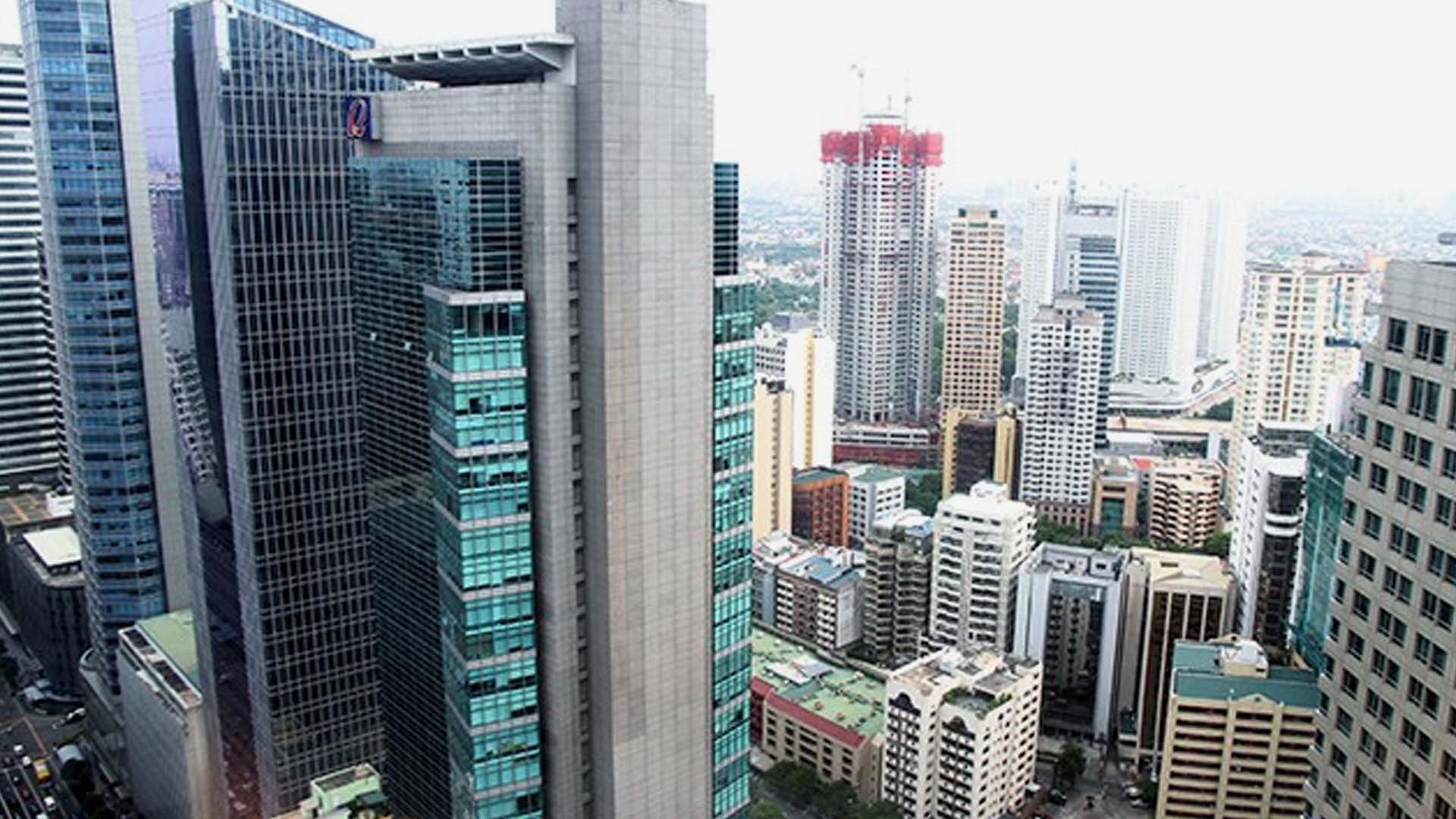Domestic consumption remains the main driver of the Philippine economy amid the impact of external developments and uncertainties, according to the revised outlook of the International Monetary Fund (IMF).
Based on the IMF’s updated World Economic Outlook (WEO) released Tuesday, the multilateral lender cut its 2025 growth forecast for the Philippines to 5.5 percent from 6.1 percent in the WEO released last January.
“Despite a more difficult environment, growth in the Philippines is expected to remain relatively robust in 2025,” an IMF spokesperson said in an e-mail.
Domestic growth, as measured by gross domestic product (GDP), barely moved after a 5.23 percent expansion in the last quarter of 2024 from 5.24 percent in the previous quarter.
Full-year growth stood at 5.7 percent, lower than economic manager’s 6 percent to 6.5 percent target and IMF’s forecast of 5.8 percent.
The IMF spokesperson traced the downward revision in the growth forecast for the Philippines this year to “the lower-than-expected 2024 Q4 growth outturn, and external developments, including the direct impact of higher tariffs on the Philippines’ goods exports to the US, downward revisions to trading partners’ growth, and impact of higher uncertainty and financial tightening.”
However, the e-mail reply said the change in the growth forecast is not unique to the Philippines as was “observed throughout the region and globally, reflecting the recent external developments.”
“It is important to note that this forecast is what we call in the WEO the ‘reference point’ forecast based on information available as of April 4, 2025 (including the April 2 tariffs and initial responses), in lieu of the usual baseline. It therefore does not include policy measures announced after April 4, 2025. It is also important to note that the forecast is subject to significant uncertainty,” the IMF said.
The email reply further said “on the upside, recent legislative reforms could facilitate an accelerated implementation of domestic infrastructure projects, including through public-private partnerships, and lead to higher FDI (foreign direct investment) and investment.”
“In terms of growth drivers, domestic consumption remains the key driver for growth and is expected to be supported by lower inflation and low unemployment.” (PNA)









